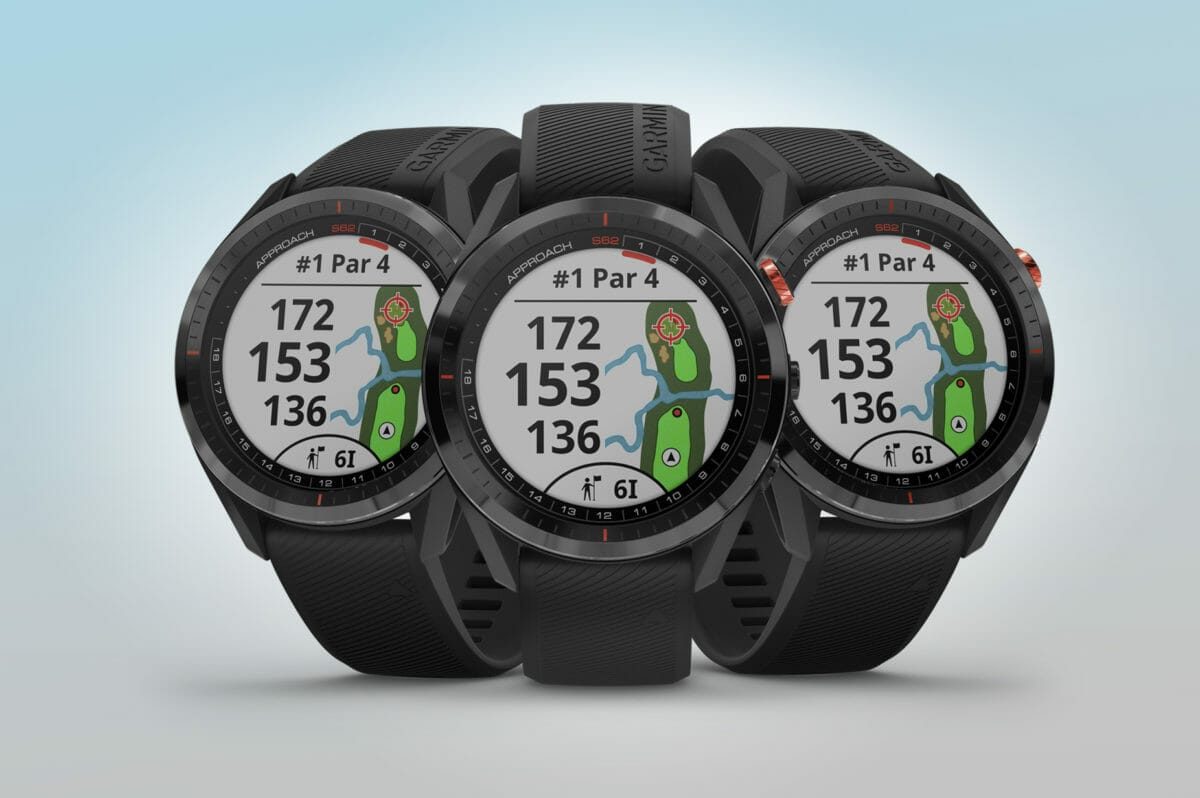Data-driven analysis is a primary weapon in every professional golfer’s armoury and has been for many years. Tour players and their coaches increasingly rely on statistical information which breaks down every segment of their game in minute detail.
They are seeking even the smallest edge over their opponents, something which can turn the tiny margins in their favour and bring home the bacon in terms of money and titles.
Statistical feedback can reveal deficiencies and allow them to brush up on areas that need attention as well as the positive aspects of their game. Thus, the science and the mathematics allied to the artistry, the instincts, and the skills honed from childhood, are utilised by professionals such as Rory McIlroy, Tiger Woods, and Pádraig Harrington to keep them at the top of their trade.
Fascinating stuff indeed. Even more fascinating is the availability of so much data and performance information to the handicap golfer. We have come a long way from looking at a shot and instinctively thinking: “It’s a 7-iron” or “It’s a pitching wedge” and estimating distance by the 200, 150 and 100 metres (or yards) posts on the side of the fairway. Now we can see a virtual impression of the hole we are playing with the hazards shown on the screen of our hand-held or wrist watch GPS devices, complete with distances to front, middle, and back of the green.
As if that was not enough, the technology has developed to new levels.
Devices such as Shot Scope and Game Golf track every shot you play through discs inserted in the handle of each club for analysis afterwards. For example, my Shot Scope tells me that in 2019 my Performance Average Driving distance was 209 yards. Not 208, not 210, but 209.
Performance Average removes “outliers” as they call them, both long and short, giving an accurate club distance for what a golfer would call a “good” shot.
Longest drive of the year was a whopping 256.3 yards on the 7th hole of Portmarnock Links on November 13, 2019.
Ah, bliss! I’m not admitting there was any gale blowing behind me either. I’m taking the Fifth on that one!
More important for scoring, over 70% of my approach shots to the green finished short at distances ranging from 50 yards to 20 yards – 44.9% short left, 26.7% short right.
Putting? Average putts taken per round were 38.4 – and crucially, 74% of my misses were short. “Never up, never in,” eh? Imagine what a difference it would make to my scoring and handicap if I could reduce that average to 32 putts per round.
Also, I three-putted every 4.3 holes on average. Another dagger in the heart.
If I want to lose shots in 2020, then it’s clear from this information that I need to take more care with accuracy on the shot to the green, and most importantly TAKE MORE CLUB.
Shot Scope have identified that 72% of danger is at the front of the green, usually sand and water, whereas there’s only 28% behind the green. They would recommend that the majority of golfers should focus on the GPS distance to the back of the green when deciding which club to select.
That helps, but it’s amazing how a few shots going through the back of the green make yours truly hesitant to trust this every time, despite how often we have been told by professionals that amateurs almost always hit their approach shots short.
Once on the green, an improvement in my long range putting to reduce the three-putt syndrome is necessary.
There are many apps on the market that can be downloaded onto your smart phone that perform similar functions.
And then there’s an item such as the Garmin Approach G80. Barely the size of a mobile phone, this hand-held GPS unit has everything you need to play on any one of 41,000 preloaded golf courses. Its plus factor is an integrated Launch Monitor.
Standing in the range or practice ground and hitting shots in Warm Up mode, your clubhead speed, smash factor, tempo, and estimated distance are fed back shot by shot. There’s a Tempo Training Mode, Target Practice and Virtual Round Mode, all of which make practice more relevant and interesting.
This is golf in the 21st century. Never in the history of the game has so much information been made available to every category of golfer, ranging from the uber-stars such as McIlroy, Tiger et al, to Harry and Harriet McHacker.
Many golfers take it for granted, particularly the younger element reared in the smartphone era, but even the elder lemons are loath to take to the fairways without their “Golf Watch” as some call them, or their hand-held devices.
How did it all start? The big game changer developed from military and space technology. A company called Laser Technology Inc were, according to their company information, pioneers in “reflectorless measurement.”
They began working with the US government around 1990 by designing lasers which measured distances between two planes in flight for a de-icing exercise.
LTI then won a contract with NASA to build a custom laser which could measure both distances and speeds for space docking missions.
In 1994 they partnered with Bushnell Optics, and a year later Bushnell launched the first low-cost recreational rangefinder for hunting and golf.
Like the original mobile phones, their first golf product, the Yardage Pro 400, was a big lump of a thing, but the gift for golfers of being able to calibrate distances accurately was a huge innovation.
Every subsequent Bushnell product became smaller and more accurate and had more features, such as Pinseeker technology incorporating information on slopes (2005), then a Hybrid which combined Laser and GPS technology showing distances to front, centre, and back of greens (2011), and Jolt Technology (2013) which gave off a vibration once the device was locked onto a flagstick.
Golf’s ruling bodies, the R&A and USGA were slow to allow the rangefinders to be used in official competition. They finally gave approval, subject to local rules, in 2006, but held out until 2014 before sanctioning their use in their own championships and qualifying events.
By then, golfers all over the world, had become hooked on these devices, despite prices ranging from around €200 to €500. Golf Datatech, the US specialised market research company which provides the golf industry with in-depth reports on sales and consumer attitude and usage, estimated in 2011 that the Distance Device Industry had potential to reach approximately $190 million dollars (€17.8 million euro), which made it bigger than the market for putters.
By 2019, Golf Datatech estimated that over 90% of Serious Golfers use a distance device, and the majority use one every time they play, and that they were “roughly equal to the size of the putter market in dollar sales.”
The greats of the past, including our own Christy O’Connor Senior and Joe Carr, had none of this technology and had marvellous careers. Christy and JB were, however, men of their time, and I’m sure if they were playing now, they would take advantage of anything and everything that could help their game.
That’s just the nature of golfers, and while the Distance Device industry has earned fortunes from our desire to know more and to play better, it has certainly provided some fascinating hardware to meet our requirements.
























Leave a comment